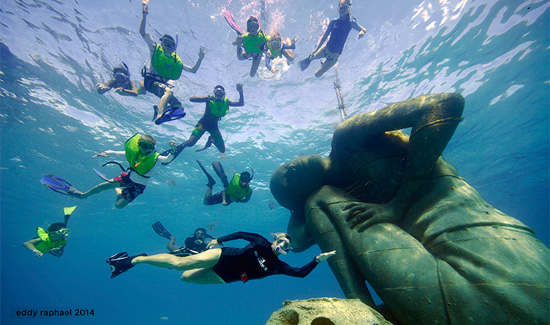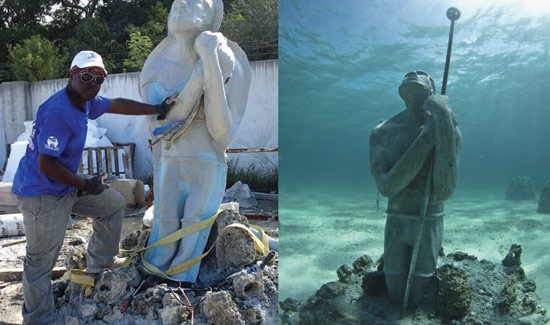
A leading environmental attorney has found major cracks in the Bahamas Electricity Corporation’s (BEC) plan to construct a wall and stop the hemorrhaging of oil at Clifton Bay. Romauld “Romi” Ferreira, a director of Save The Bays, is urging the government-run entity to see the “big picture” by mapping out the total amount of oil lurking in ground water beneath Clifton.
By laying bare the facts, a true portrait of accountability and recovery should emerge, he said.
“This underground plume must be mapped in order to determine the best method of product recovery,” Ferreira said. “The product recovery then ought to be led by a suitable qualified private contractor until the target amount of product is recovered. A Freedom of Information Act would guarantee stakeholder access to this information instead of the public being kept in the dark about issues which dramatically impact them.”
The call by Ferreira follows a recent announcement by BEC that it intends to build a wall to contain the rampant contaminants.
Not only did the corporation acknowledge the environmental crisis, but it also admitted that it was unclear which oil companies have most contributed to the plume. Ferreira called the admission “startling”, noting that it “speaks volumes” about the country’s environmental accountability and the lack of regulations and enforcement. A proper investigation into the activities of companies in the area along with mapping the impacted ground water would help determine how much intervention will cost and which players might help foot the bill.
“Given the financial constraints of BEC and the joint culpability, BEC needs to advise of the cost of building the wall and exactly who will pay for it,” he added. Ferreira also highlighted the need for a more long-term and preventive strategy, rather than simply building a wall. Work culture is an essential component to prevent future catastrophes, he said, and BEC’s current track record has set a troubling precedent.
Save the Bays, a non-profit organisation led by leading members of the Bahamian community, has continued to shine a spotlight on decades of damage to The Bahamas’ prized marine environment. Since its establishment earlier this year with partial funding by the Moore Bahamas Foundation, Save The Bays has partnered with and lent strength and support to long-established environmental organisations, including the Bahamas National Trust, BREEF, The Nature Conservancy and others.
With rampant oil leaks into Clifton Bay and popular dive sites off western New Providence, the movement has highlighted severe environmental and economic consequences from corporate negligence. After launching the Coalition to Protect Clifton Bay earlier this year, the organization unveiled a new campaign in May to broaden its focus on national interests.
Fred Smith, a senior attorney and vocal spokesperson for the movement, said Save the Bays has experienced “incredible and unexpected” momentum. Clifton Bay, while of considerable concern, is simply a microcosm of a much broader issue of poor environmental stewardship in The Bahamas, he said.
Ferreira added his voice to a chorus calling for an Environmental Protection Act. In a country that depends on its environment to support tourism, the absence of legislation has remained a baffling bone of contention for Save The Bays. Thousands have signed a petition calling for environmental protection legislation.
“Where in the world can companies indiscriminately pollute the ground water and not notify the government not just of the spill but also of the amount spilled and the environmental management plan governing its clean up?” Ferreira asked. “Nowhere, but the Bahamas.”
Diane Phillips and Associates



